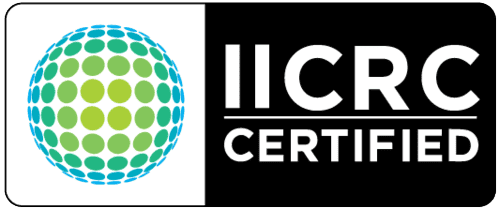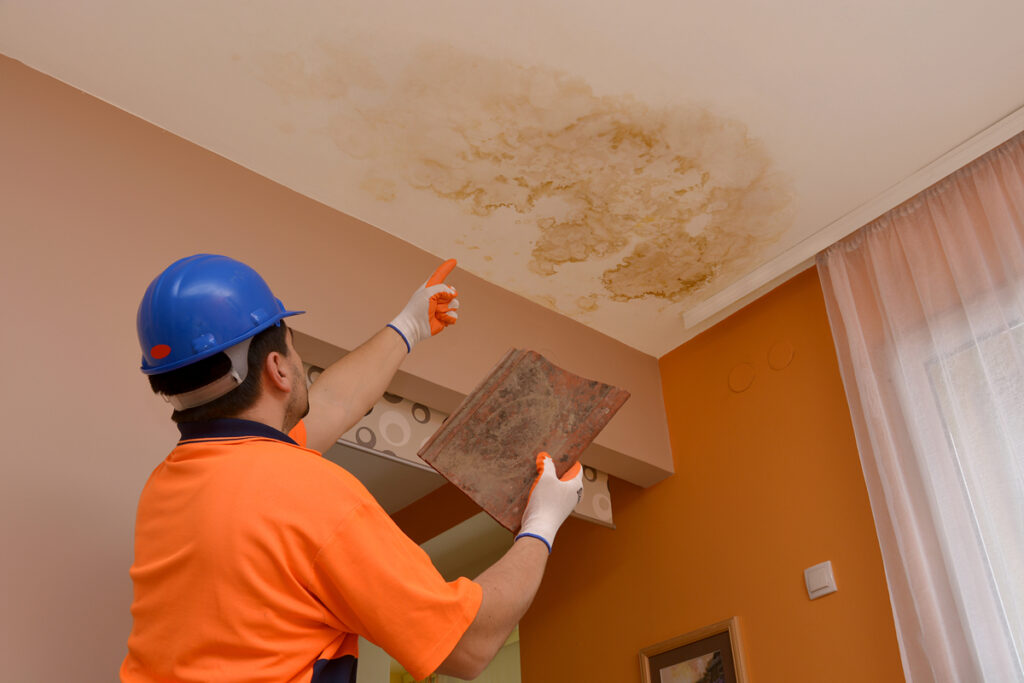
Water damage is a serious threat, and it occurs far more frequently than you might expect. It can unexpectedly occur in old homes or new and cause a slew of issues, leaving the owner high and dry. Any type of water damage, whether from a burst pipe or dripping roof, can create major structural deterioration that will only worsen with time if not addressed and fixed properly.
Unfortunately, it’s often difficult to tell when something has been damaged by water because the indications aren’t always obvious. Some instances are plain to see, while others are more subtle, inconspicuous, and hard to detect. In this article, we’ll be sharing some of the top signs of water damage in your home.
Outside The Home
There are several steps you can take when looking for water damage in your home. It will be easier to pinpoint the source of water damage to your home if you start outside. Here are some things to keep an eye out for:
- Missing or cracked roof shingles: Ceiling water damage can result from roof leaks, as well as from missing or cracked flashing. If your roof is compromised in any way, it could become an ideal entry point for water to infiltrate your home during a storm.
- Gaps and soft spots in exterior doors and window frames: The presence of moisture in your home from even the smallest cracks can contribute to the growth of mold. Regularly inspecting the frames of your windows and doors will help you discover minor issues before they become major ones, so be sure to take the necessary measures.
- Downspouts and gutters: Ensure that the downspouts and gutters are in good working order and that water is being diverted away from the house. Your home could be damaged if a little leak or clog isn’t addressed.
Is your Water Heater Leaking?
Inside The Home
If you notice any of the following in your home, you may have water damage:
Dark or Wet Spots
Seeing yellowish or brownish lines on your ceilings or walls could be a clue your home is suffering from water damage. Inspect your house regularly and take note of any spots near plumbing. When noise levels are at their lowest during the night, keep an ear out for water leaks in the walls.
Floors With Cracks or Warping
When water penetrates through a floor, it can cause warping, cracking, or breaking, depending on the type of flooring. However, unlike cracked or deformed flooring, damp floors may go unnoticed if they’re hidden in corners or in parts of your house you rarely visit. Take the time to check these places regularly, especially in carpeted rooms, where water damage might go undetected for a while.
Sagging Ceilings and Walls
When a wall or ceiling is drenched with water, it might droop or swell. For instance, the ceilings of bathrooms with a frequently overflowing bathtub or toilet are particularly prone to this problem. If left unchecked, the damage can spread over a far larger area than the leak itself. It’s dangerous to have this kind of water damage since the ceiling or wall could collapse at any moment.
Musty Odors
When left undetected, damp conditions can lead to mildew and mold growth. A musty smell is often a sign of water damage. Look around to see whether the smell gets stronger if you notice any in an area. Even though the basements and attics of older houses might have a range of odors, a sudden shift in smell can be a red flag.
Visible Mold Growth
Mold grows best in humid environments, so you know there’s too much moisture in the air if you see it. While the most common appearance of household mold is plain spots of a dark hue such as black, brown, grey, green, or orange, there are molds with more complex colors and textures. Mold is a significant concern because of the potential health risks it poses. If you detect any mold, call a professional to determine the cause of the issue and the best way to keep moisture out of your house.
Your Home’s Attic
Water damage is more prone to occur in your attic than in other parts of your house. Having a roof that is old or badly maintained might result in leaks in extreme weather like storms. During the winter, snow and ice can build up and cause more damage as they melt. Be on the lookout for evidence of water damage, especially around the roof vents and the chimney, as well as where the walls and the roof planes come together. If you can, inspect the insulation for mold and dampness.
The Basement Of Your Home
Whether it’s due to an overflowing washing machine or a leaky water heater, basement water damage is one of the most prevalent problems homeowners face. Additionally, weather-related water buildup surrounding your house might slowly damage your basement over time. A broken pipe, whether inside or outside your home, can potentially create flooding in your basement as well. As such, make sure that your appliances, lines, and connections are in good working order to prevent these situations.
Furnishings, drywall, and other household items can all be damaged or destroyed in the basement if it gets too damp. Mold growth and a musty stench will be more likely if water damage is not adequately remedied. If you notice water streaks on your basement walls, you may have a leak that has to be fixed by professionals. That’s why you need to inspect your basement regularly.
The Bottomline
Water damage in your home is more than simply a visual problem. If you disregard it, it will eventually lead to the deterioration of your home’s structural integrity. The succeeding accumulation of mold and germs is also bad for your health. This article has covered some signs that can help prevent water damage in your home.
If you find water damage in your home see: How To Handle Water Damage In Your Home
If you notice any indications of water damage in your property, get in touch with a professional water damage restoration specialist like Rescue One Restoration immediately. You can trust us to help you fix the problem and advise how to prevent further damage to your home and well-being. Contact us at 808-745-1608 today.
Learn more about home water damage restoration services and how Rescue One Restoration can serve you here.
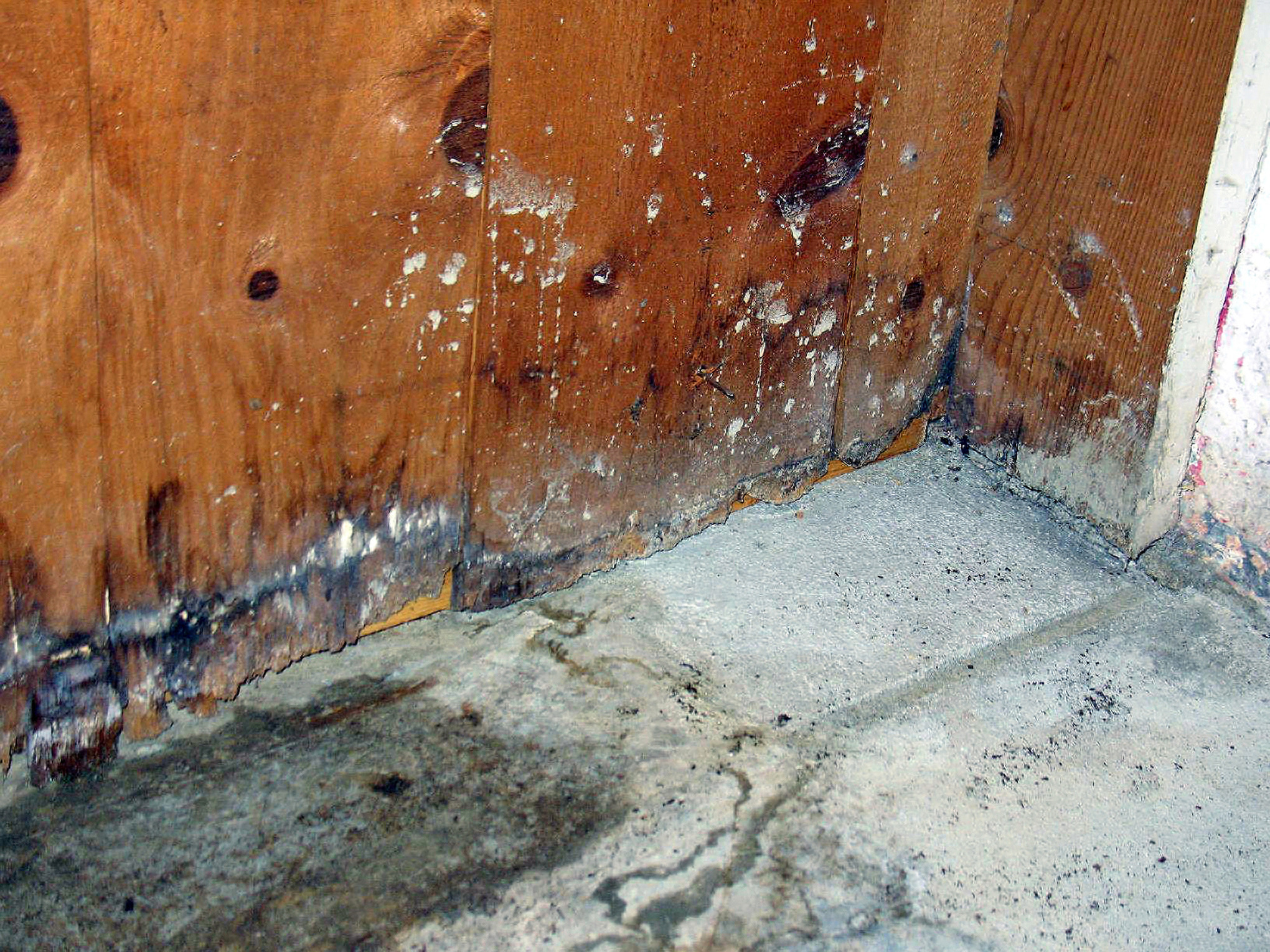
The Hidden Dangers Of Home Water Damage: Why Immediate Restoration Matters Water damage in your home can be very dangerous. What seems like a minor issue at first glance can lead to significant long-term consequences. Left untreated, water damage can cause severe problems, from potential structural issues to the growth

Understanding Insurance Coverage For Damage Restoration In Hawaii With its stunning natural beauty and idyllic climate, living in Hawaii can feel like a dream come true. However, the state’s unique geographical challenges, including its vulnerability to natural disasters like hurricanes, volcanic eruptions, and flooding, can turn that dream into a
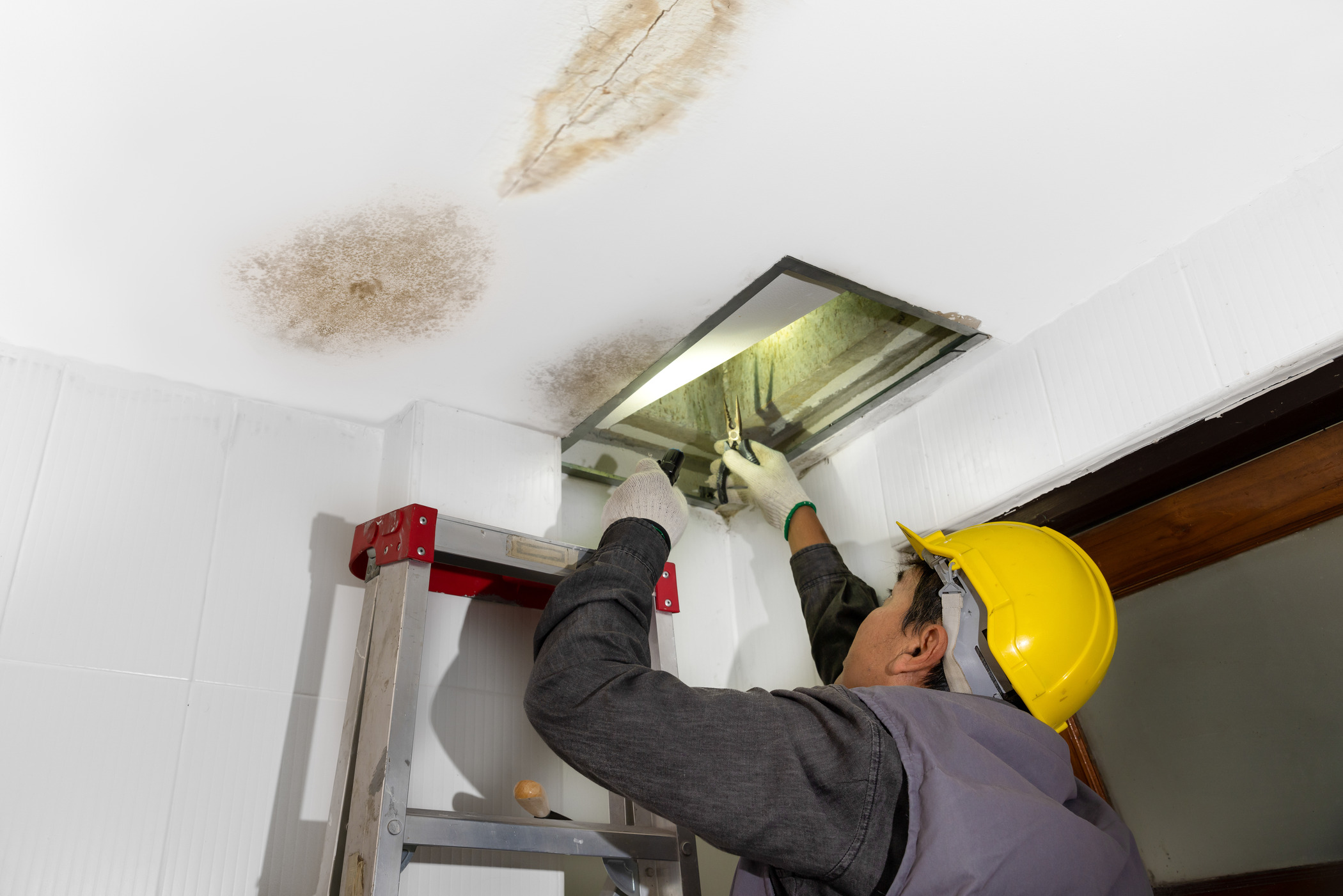
The Ultimate Guide To Water Damage Restoration In Hawaii: What You Need To Know Water damage is a common issue faced by homeowners and businesses alike, especially in a place like Hawaii, where tropical storms and hurricanes can wreak havoc. When faced with water damage, it’s crucial to act swiftly
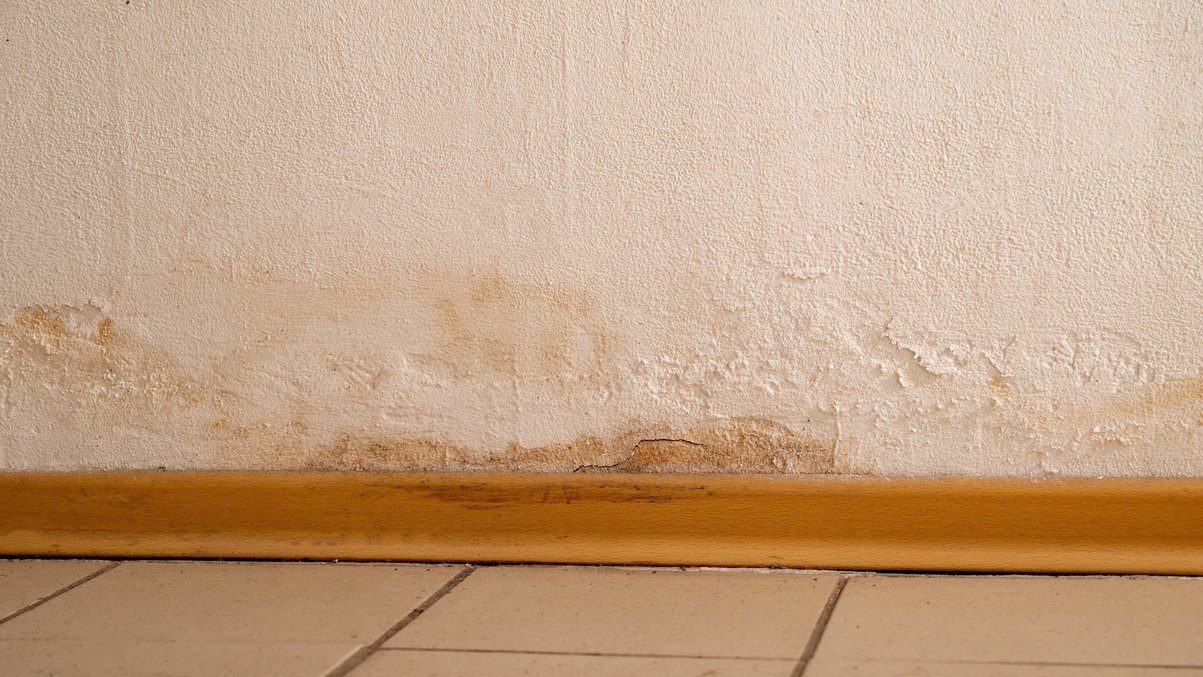
Many homeowners aren’t sure if they need to replace their drywall after water damage. Even a tiny amount of water can cause significant problems for your drywall, and if not fixed quickly, the damage can worsen over time. We’re here to help you answer the question: does wet drywall always
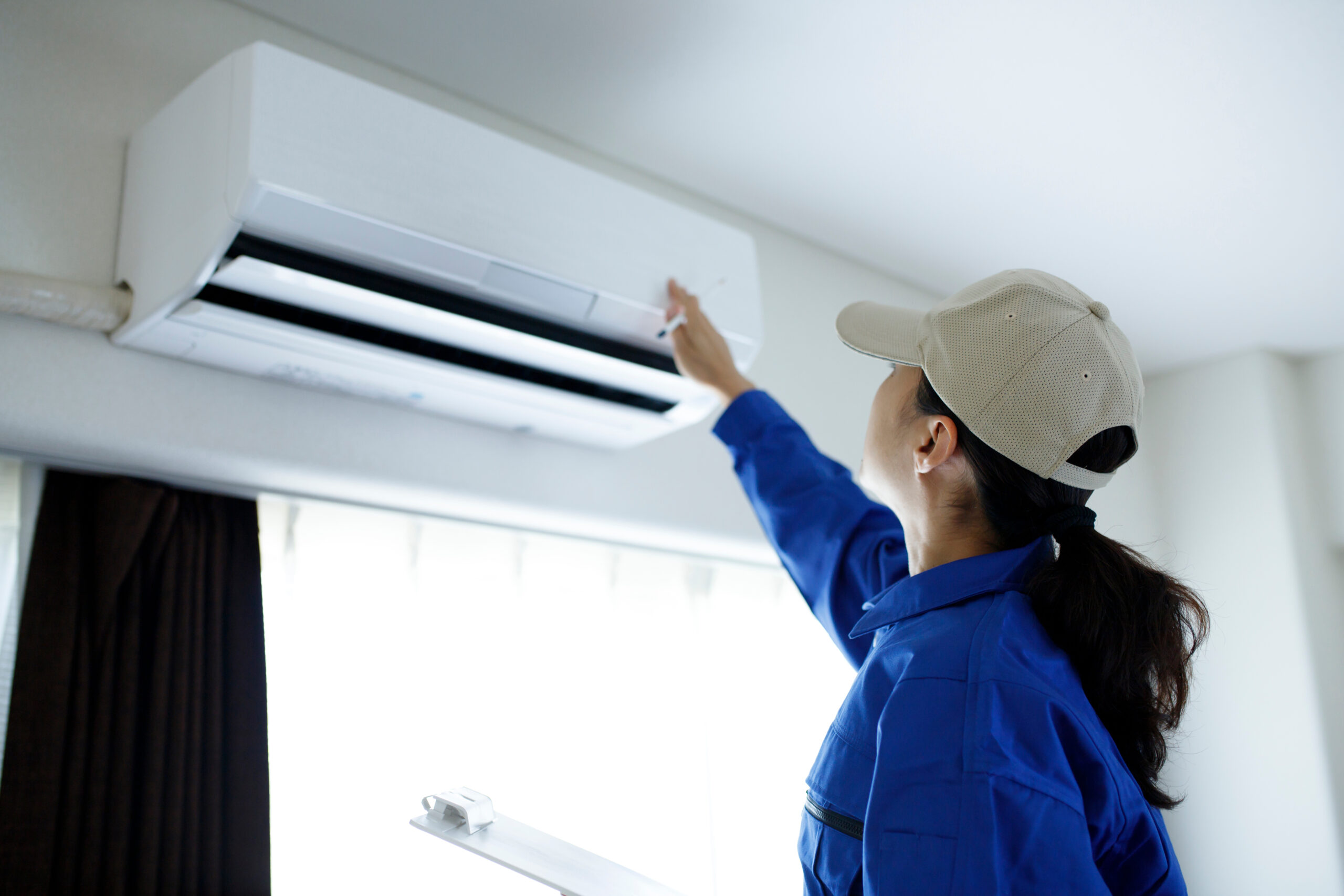
Mold can grow on nearly any surface around your home. In particular, mold thrives on surfaces that are damp, cold, or both. This means many of your household appliances can be potential breeding grounds for mold and mildew growth. It is also important to conduct regular checks and cleaning to


